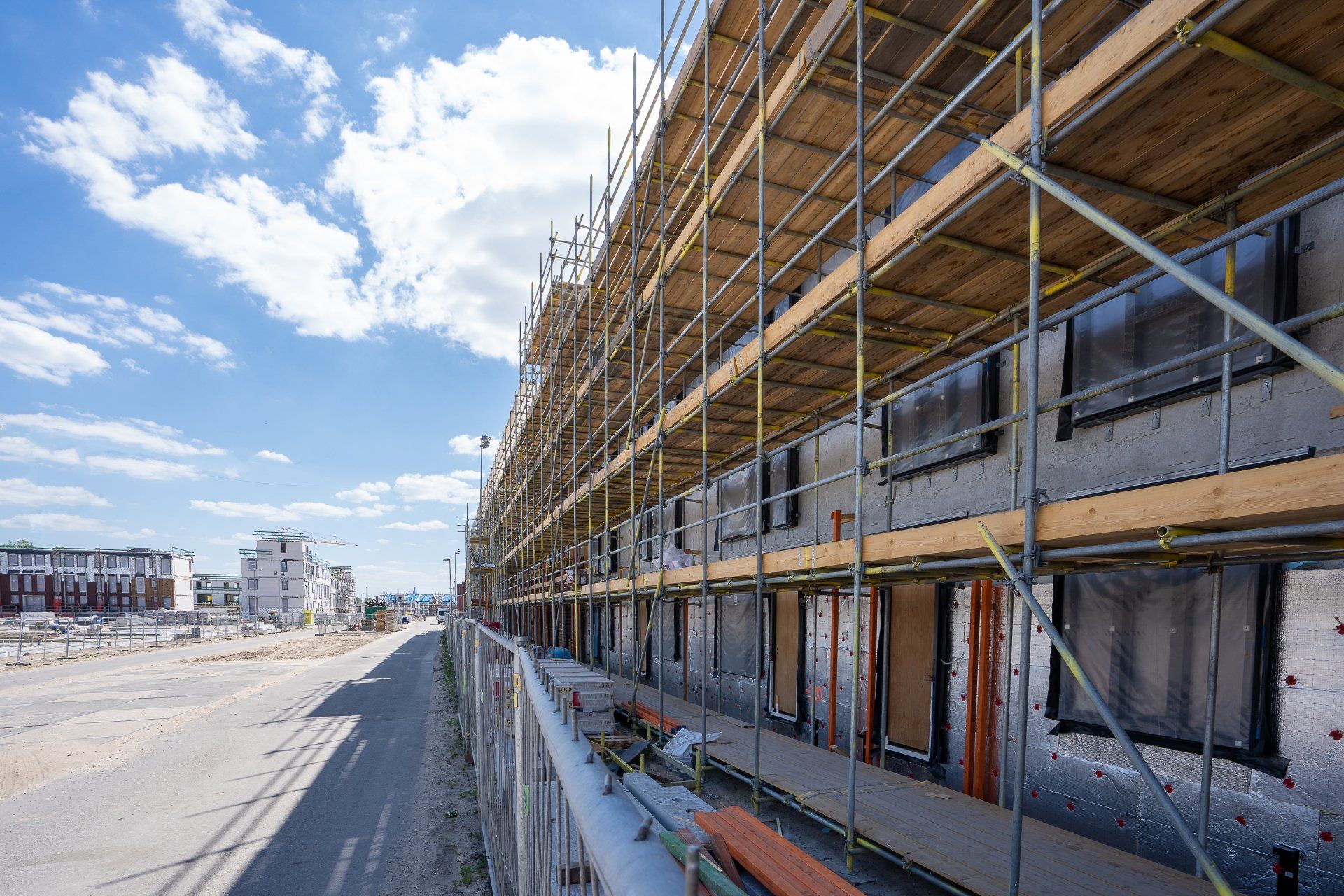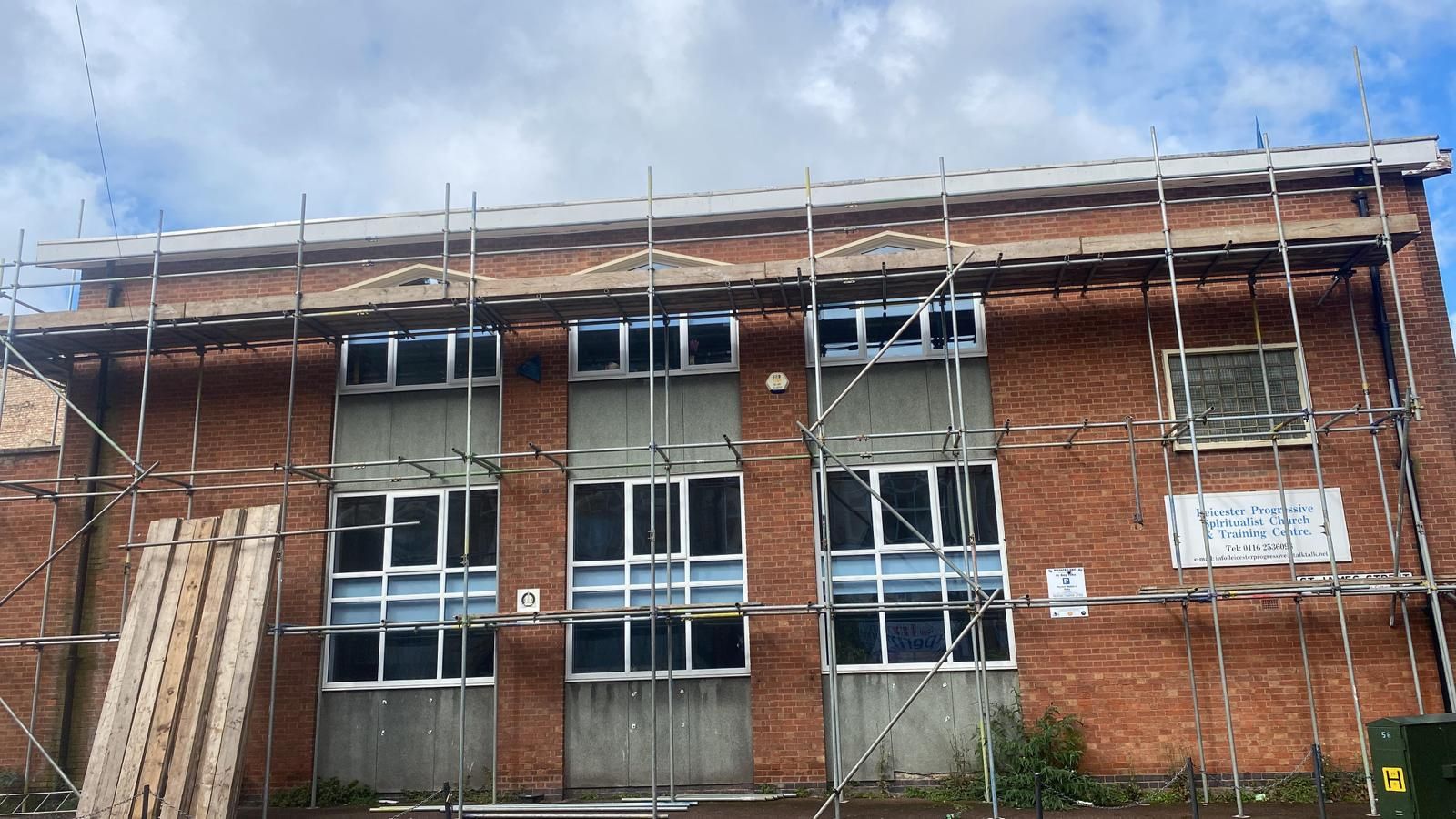How to choose the best scaffolding for construction projects
Choosing the Best Scaffolding for Construction Projects in Leicester
Introduction
Choosing the right scaffolding for a construction project is a critical decision that affects not only the safety of the workforce but also the efficiency and success of the project itself. Scaffolding serves as a temporary structure used to support workers and materials during the construction, repair, or maintenance of buildings and other large structures. With a range of scaffolding types and materials available, selecting the most suitable option can be challenging. This blog post aims to guide you through the key factors to consider when choosing scaffolding, ensuring your choice enhances productivity, maintains safety, and meets project specifications.
Understanding Scaffolding Basics
Scaffolding comes in various forms and materials, each suited to different project needs:
- Supported scaffolds: Platforms supported by rigid, load-bearing members, such as poles and legs.
- Suspended scaffolds: Platforms suspended by ropes or other non-rigid, overhead support.
- Mobile scaffolds: Platforms mounted on casters or wheels that allow them to be easily moved.
Each type can be constructed from materials such as steel, aluminium, or wood, affecting the scaffold’s weight, cost, durability, and ease of assembly.
Key Factors in Choosing Scaffolding
1. Analyze the Project Requirements
Start by assessing the specific needs of your project:
- Height and Weight Loads: Consider how high the scaffold needs to reach and the weight it needs to support. High-rise projects require scaffolding that can safely extend to greater heights.
- Access Requirements: Determine if workers need to access multiple levels or move horizontally across the structure.
2. Consider the Types of Scaffolding
- Fixed Scaffolds: Ideal for projects that don’t require moving the scaffold. They are stable and can be built to support heavy loads.
- Mobile Scaffolds: Best for projects where workers need to move the scaffold along the construction site. They offer flexibility but have load and height restrictions.
- Suspended Scaffolds: Used for repair or maintenance work at heights where a base-supported scaffold is impractical.
3. Choose the Right Material
- Steel Scaffolding: Offers high strength and durability, ideal for heavy-duty or long-term projects but is relatively heavy and difficult to move.
- Aluminium Scaffolding: Lighter than steel, easier to transport and set up. Suitable for projects requiring frequent repositioning of the scaffold.
- Wooden Scaffolding: Less common due to variability in strength and durability. It may be used for light loads and where budget constraints are significant.
4. Safety Compliance
Ensure that the scaffolding meets all local safety regulations and standards:
- Stability and Load Capacity: Check that the scaffold can safely hold the weight of workers, equipment, and materials.
- Guardrails and Safety Features: Look for scaffolds with integrated safety features such as guardrails, toe boards, and non-slip platforms.
- Certification: Choose products that are certified by relevant authorities or standards organizations.
5. Ease of Assembly and Disassembly
Consider how easy it is to assemble, disassemble, and transport the scaffolding:
- Modular Systems: Offer quick assembly and disassembly, reducing labor costs and project times.
- Manufacturer Support: Check if the manufacturer provides technical support, training, or assembly guides.
6. Consider Environmental Conditions
- Weather Resistance: Ensure the scaffolding can withstand the local weather conditions, such as wind, rain, or extreme temperatures.
- Rust and Corrosion Resistance: Particularly important for metal scaffolding that will be used in humid or wet environments.
7. Budget
- Cost-Effectiveness: While safety and suitability for the project should never be compromised for the sake of cost, it’s important to consider the cost-effectiveness of the scaffolding system.
- Rental vs. Purchase: Decide whether it is more economical to rent the scaffolding for the project duration or purchase it if long-term use is anticipated.
Conclusion
Choosing the right scaffolding involves a careful balance of project requirements, safety standards, material properties, budget considerations, and ease of use. By thoroughly evaluating these factors, you can select scaffolding that not only meets the specific needs of your construction project but also ensures the safety and efficiency of your workforce. Remember, the best scaffolding solution is one that contributes to a smoother and safer execution of construction activities, ultimately leading to the successful completion of your project.
For further information, click here to visit our website or call Leicester Scaffolding Services JK on 0116 216 5534.
Click here to complete our contact form and see how we can help you with your scaffolding requirements.
4
You might also like
Contact us for a FREE Quote
We will get back to you as soon as possible
Please try again later



